Affiliate links on Android Authority may earn us a commission. Learn more.
Samsung Galaxy S7 / S7 Edge revisited - Is it still worth it?
Published onApril 17, 2017
It’s all about the Samsung Galaxy S8 and Galaxy S8 Plus this week, with the two highly anticipated smartphones making their way to consumers in a few days. Those who own their predecessors may be contemplating an upgrade, and some who aren’t looking for the latest and greatest might even consider buying the Galaxy S7 or Galaxy S7 Edge now, given how much cheaper these phones will become.
Now a year old, are the 2016 Samsung flagships still worth it? We find out, as we revisit the Samsung Galaxy S7 and Galaxy S7 Edge!
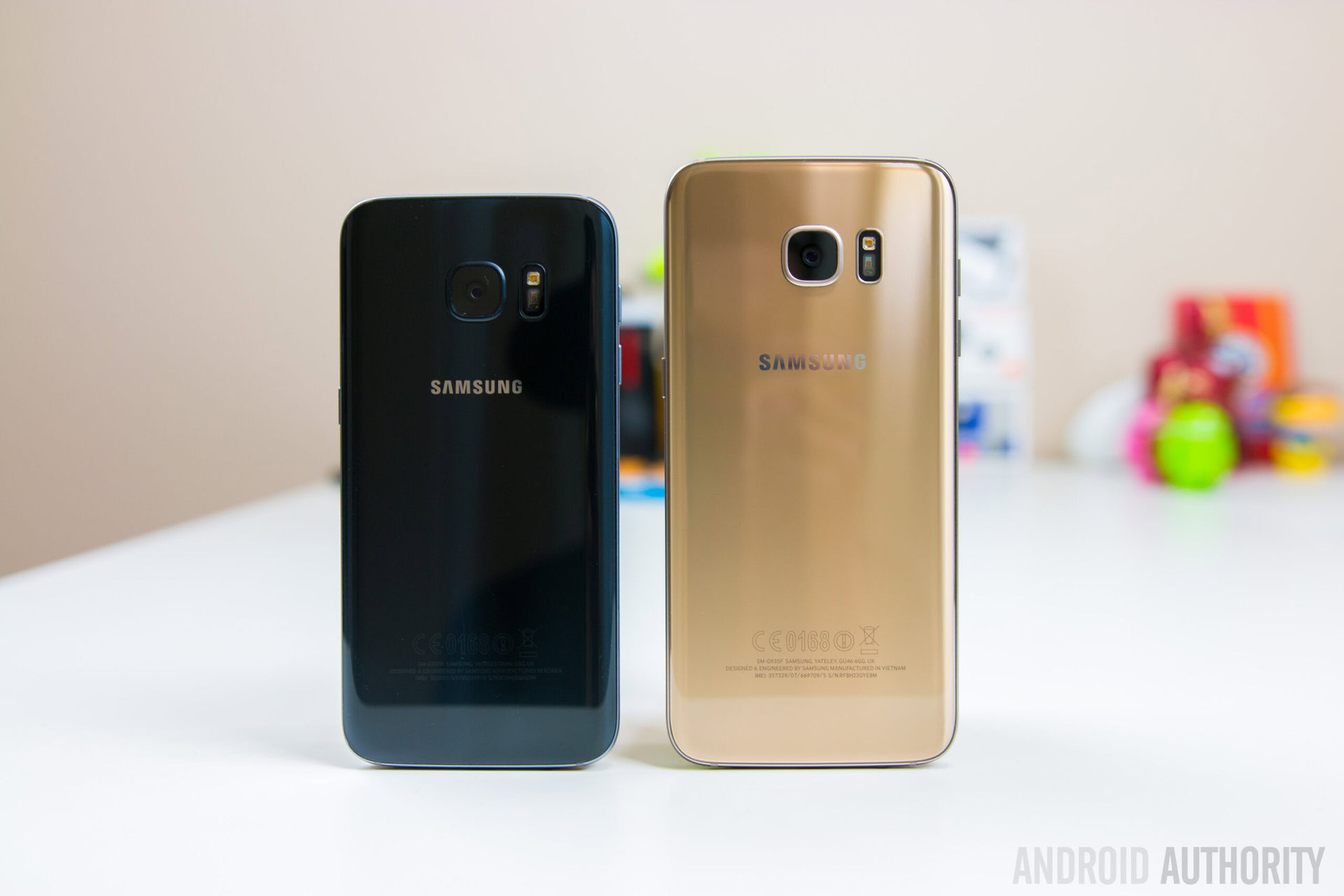
I found the Galaxy S7 Edge to be so impressive when I did its review that it became my daily driver of choice for the majority of 2016. The great news is that many aspects of the phone that I loved continue to hold up extremely well a year later.
The Galaxy S7 Edge is still one of the most beautiful phones that Samsung has ever designed. The dual curved edges felt really sleek and refined, and solidified the fact that this was no longer an experiment but rather a permanent design change, as is evident from its successors. The design wasn’t entirely without flaws however, and accidental touches on the sides of the screen still happen. That said, this issue certainly wasn’t prevalent enough to make it a deal breaker.
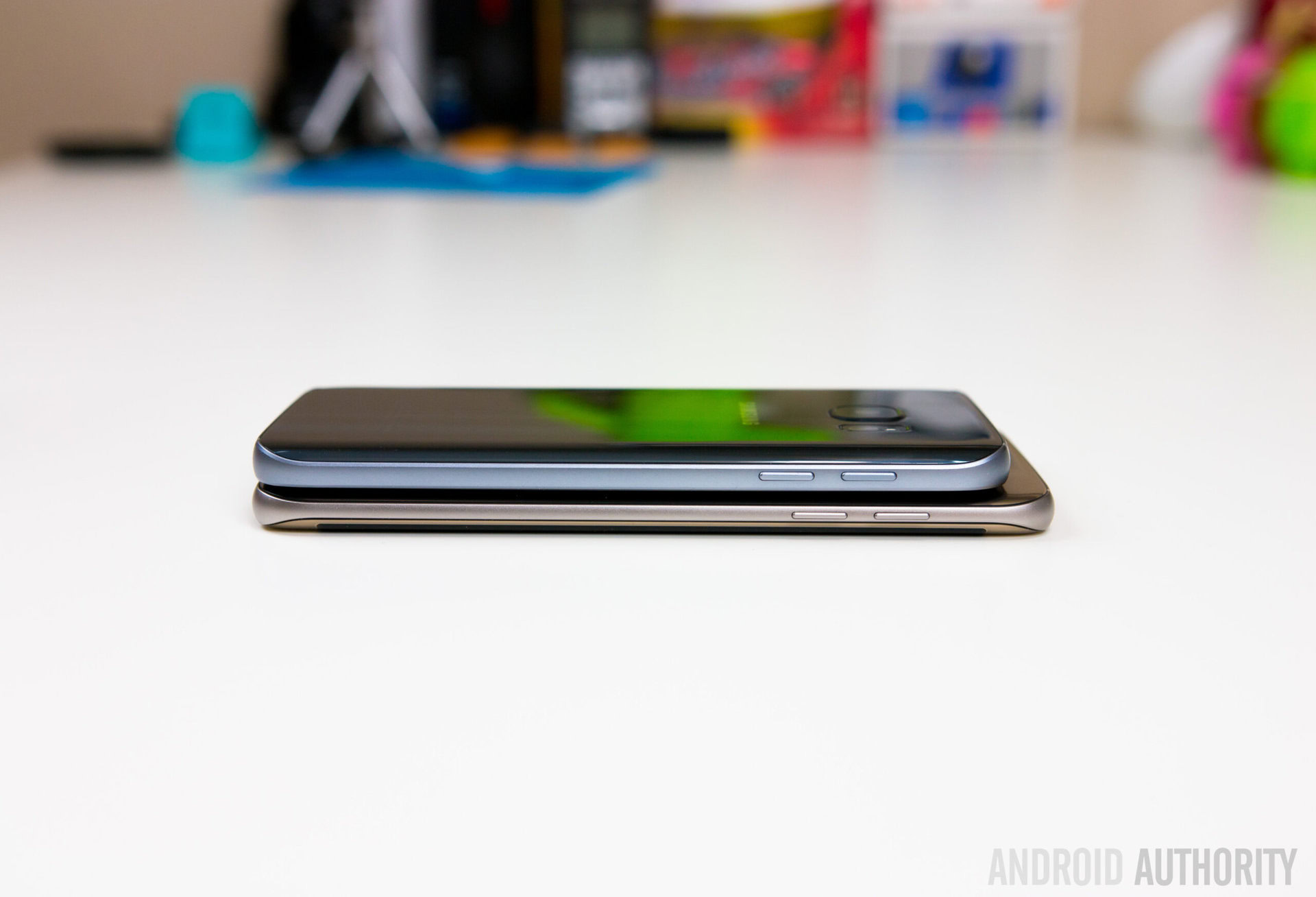
Its smaller sibling, the Galaxy S7, may have looked a touch more generic with its regular flat front, but it’s still a solidly built and still great looking device in its own right. The other advantage of the Galaxy S7 is when it comes to one-handed usability — its 5.1-inch display is a better fit for those not looking to make the jump into phablet territory and also skirts the issues the curved edges of the Galaxy S7 Edge creates.
Speaking of the display, both the 5.1-inch and 5.5-inch screens of the Galaxy S7 and Galaxy S7 Edge respectively are vibrant and gorgeous, and are easily some of the best displays in the market even in 2017. You may not get HDR support or the new 18.5:9 aspect ratio of the Galaxy S8, but on the bright side, you won’t have to deal with black bars when using apps that aren’t optimized or while watching 16:9 videos in the landscape orientation.
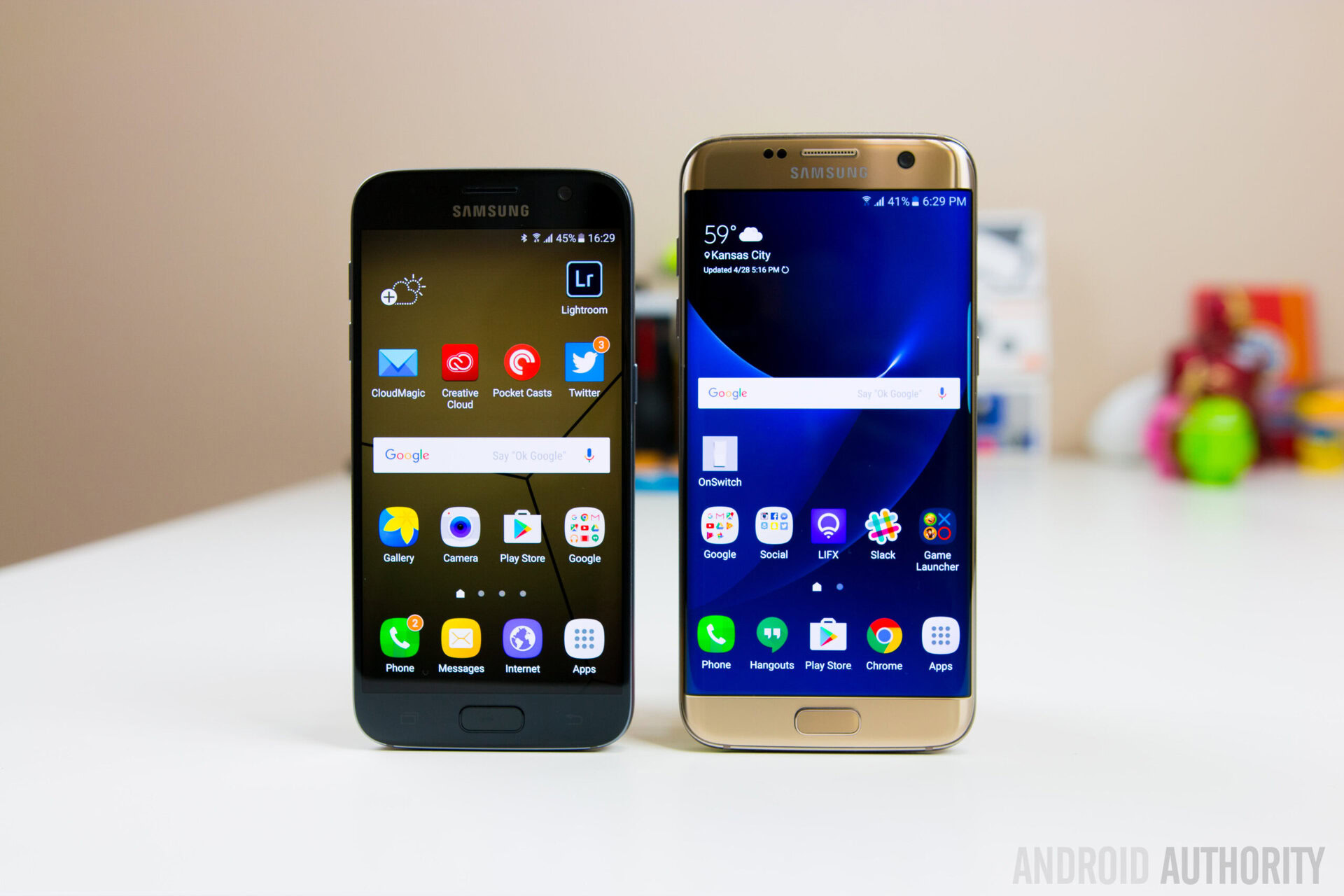
There are some aspects that are seemingly outdated with these phones, like the presence of a microUSB port. For someone like me that has fully transitioned to USB Type-C, going back to this port did take some getting used to, but shouldn’t be a big deal for those who haven’t jumped on the USB-C train yet.
I’ve never been a fan of capacitive navigation keys or physical home buttons, but Samsung made clever use of the latter by turning it into a shortcut to launch the camera. It is extremely quick and felt very intuitive, and it is disappointing that you won’t be able to do that with the Galaxy S8 and Galaxy S8 Plus, which use on-screen software keys. The tactile home button also doubles as a fingerprint scanner, and is a far better placement than the rather awkward positioning of the sensor on the Galaxy S8 devices.
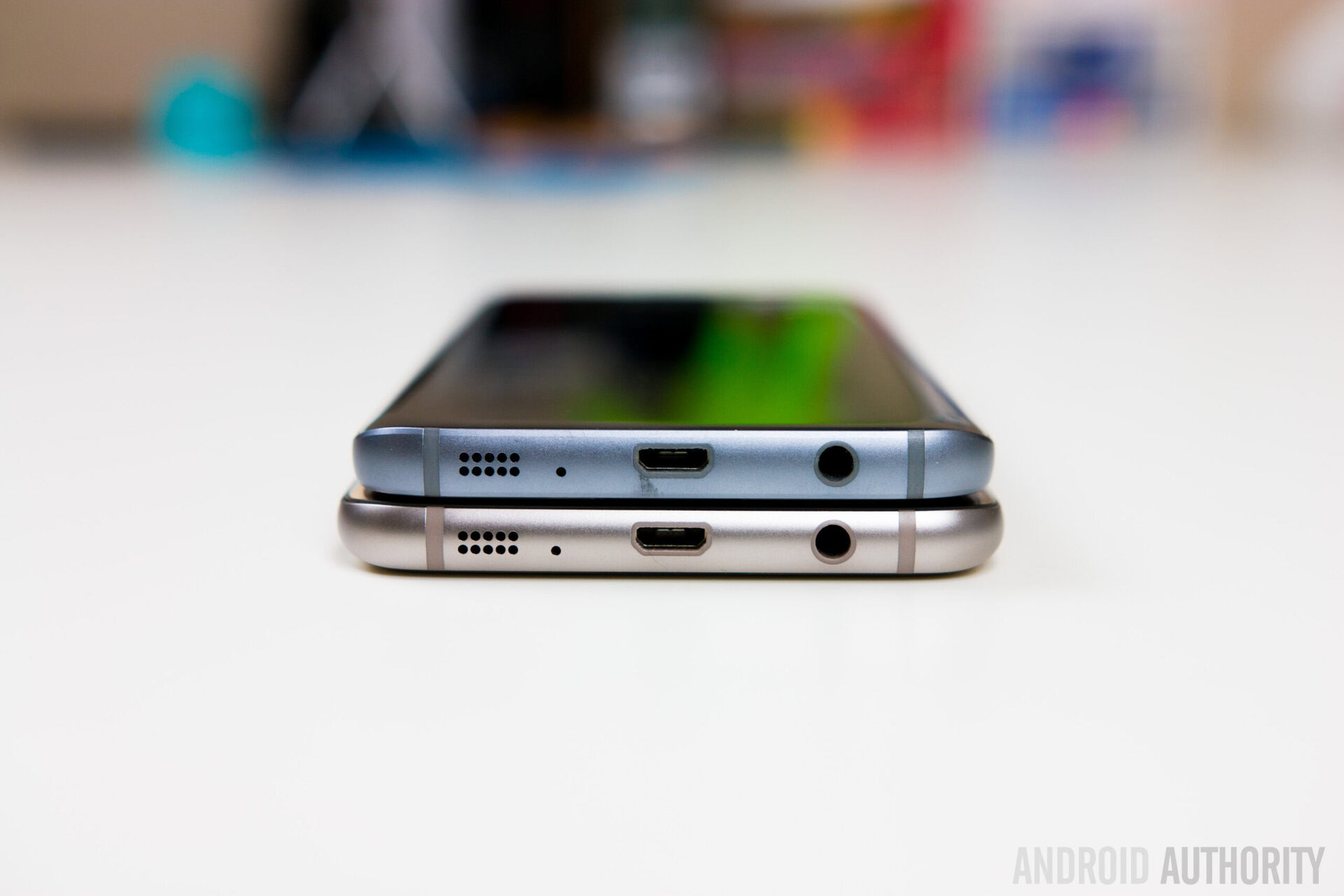
Samsung’s latest software update brings Android 7.0 Nougat, a cleaner interface, and many of the features that will be available with the Galaxy S8 to its predecessors, so you aren’t going to really be missing out on the software side of things, except for cool new additions like Bixby and DeX integration. However, the update is pretty new, and you may have not yet received it.
The Galaxy S7 and Galaxy S7 Edge may not be powered by the latest and greatest processors anymore, but they remain speedy and reliable. Battery life is also fantastic, as the 3,600 mAh battery of the Galaxy S7 Edge is one of the largest that Samsung has ever put in their flagships. And this is an area that hasn’t seen much of an upgrade with the Galaxy S8.
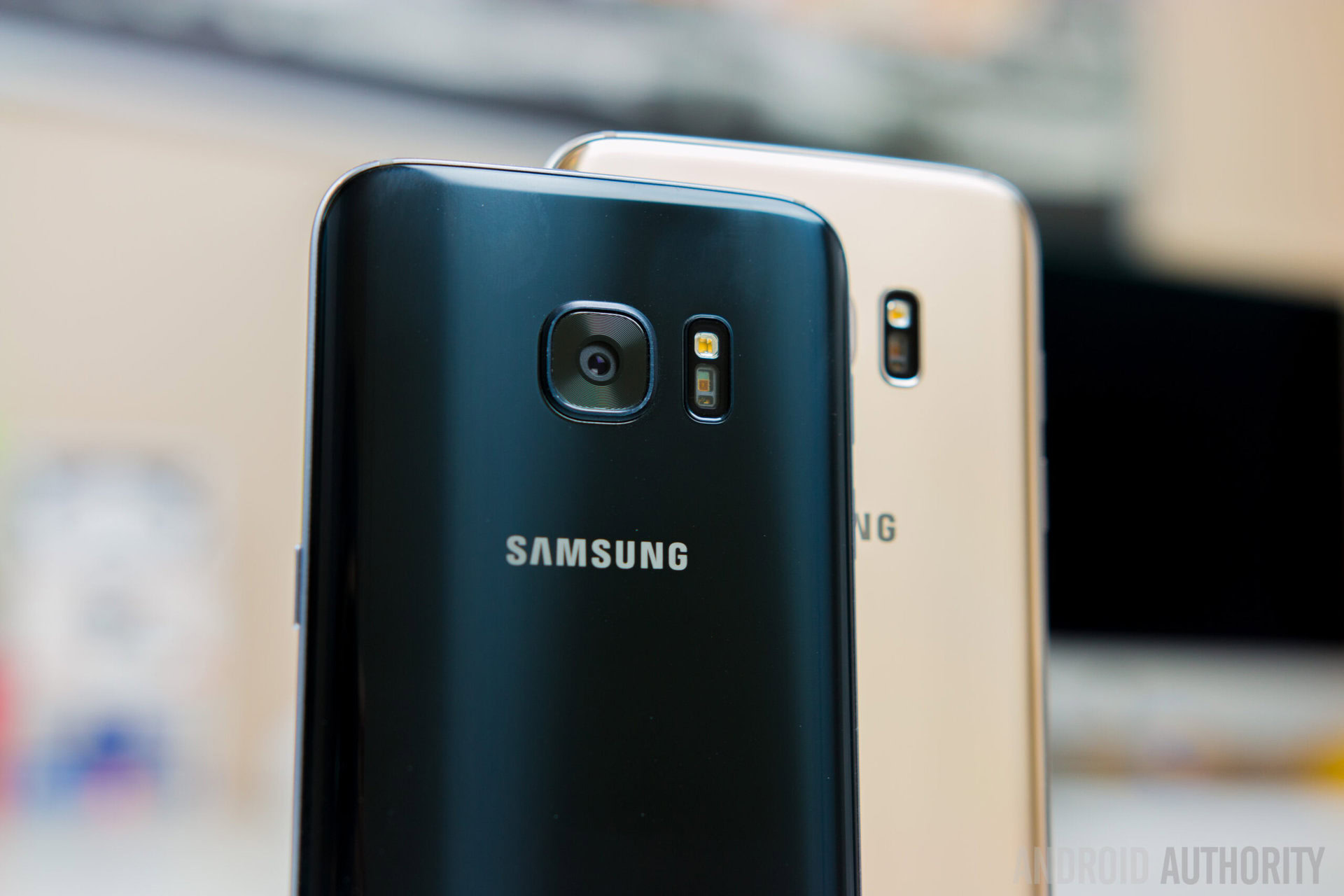
The Galaxy S8 and Galaxy S8 Plus is obviously going to be more powerful, but with other features mostly remaining intact, such as wireless charging, fast charging capabilities, and dust and water resistance, the difference in power may not be enough to justify the premium that the latest flagships command.
The camera is still extremely good as well, which isn’t surprising since it was one of the best smartphone cameras in 2016. It’s definitely one that I would be happy to use in 2017, which is a testament to Samsung’s prowess in this category. Samsung has made an upgrade to both the front and rear cameras with the Galaxy S8, but I don’t think the camera is going to be the top reason for anyone to switch from the Galaxy S7’s to the Galaxy S8.
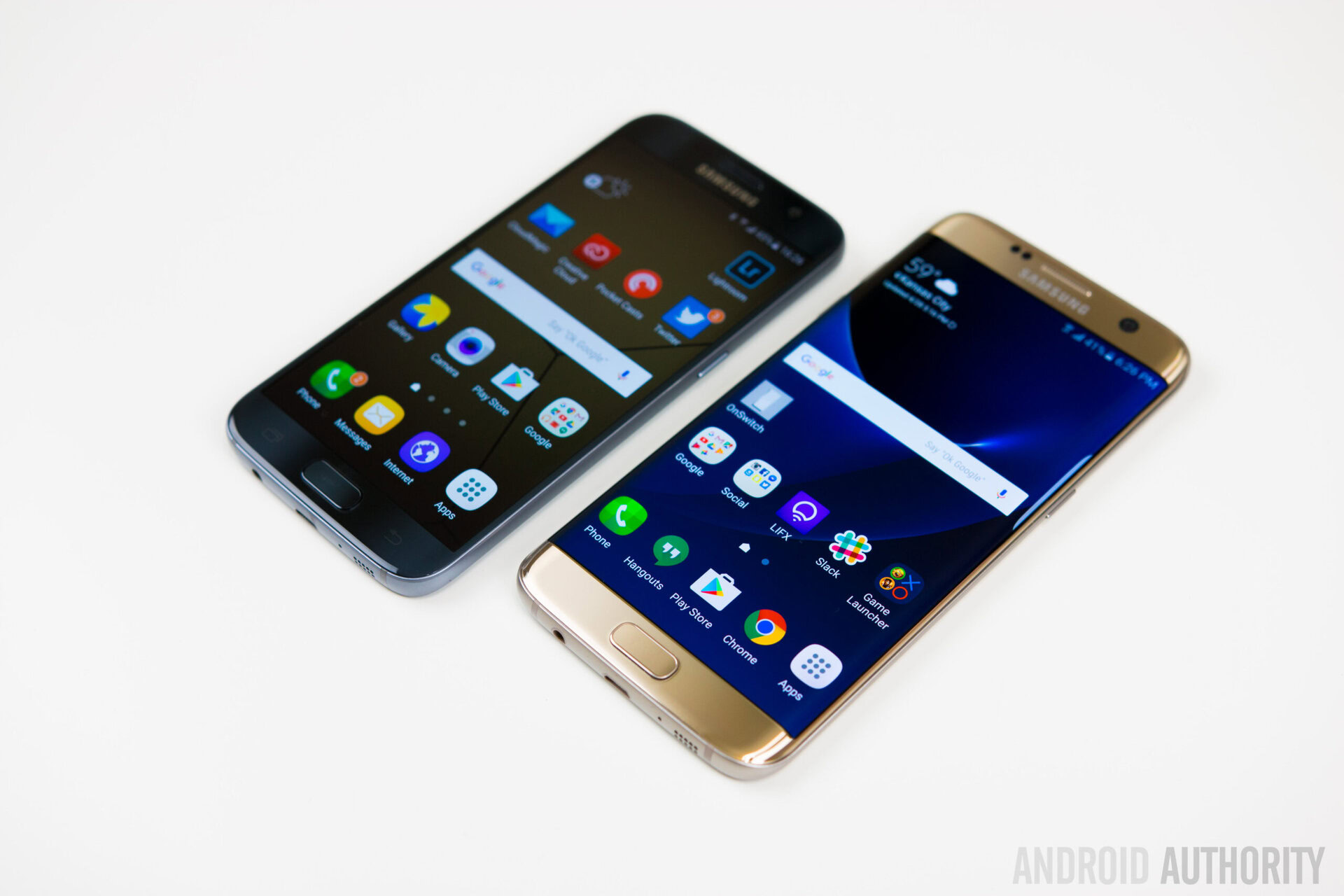
So there you have it for this look back at the Samsung Galaxy S7 and Galaxy S7 Edge! These phones may have been released early last year, but they definitely don’t feel outdated at all. They’ve aged very well inside and out, and are phones that you will certainly be happy with, not only if you already own one, but if you are considering buying it soon. The Galaxy S7 and Galaxy S7 Edge were great smartphones when they were launched, and remain really good smartphones one year later.